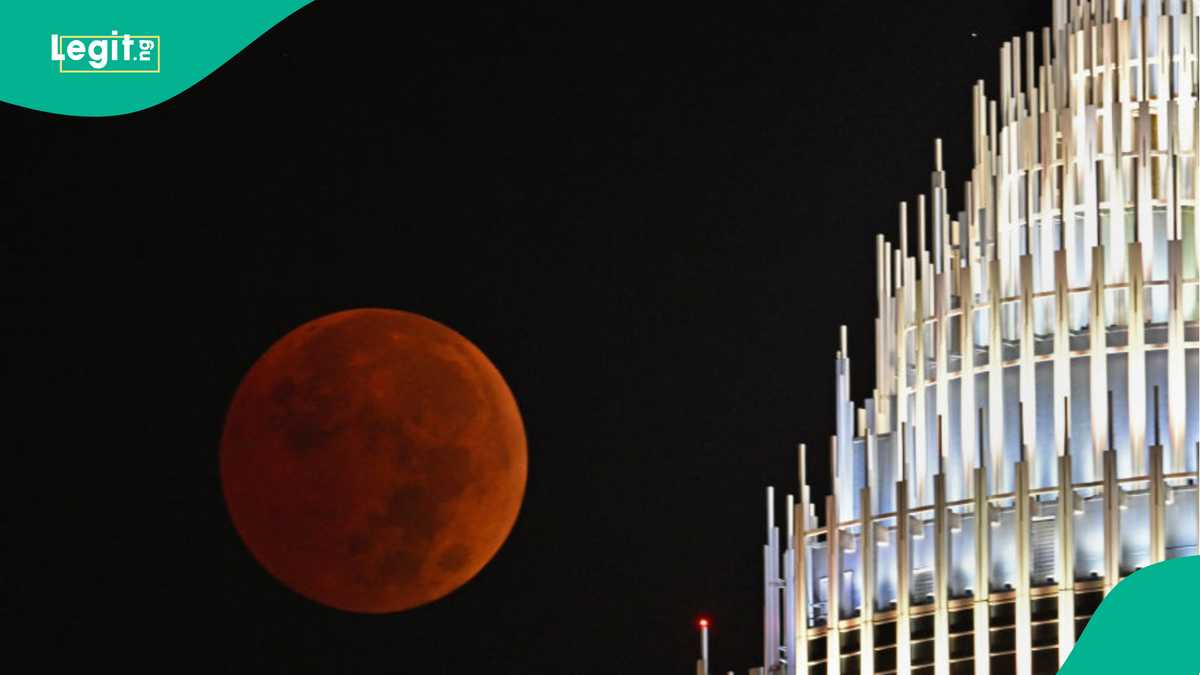Millions across Africa, including Nigeria, turned their eyes skyward on Sunday evening to witness a rare total lunar eclipseThe celestial event, lasting approximately 83 minutes, was safely visible to the naked eye and marked a significant moment for skywatchersExperts confirmed that the eclipse was observable across much of the continent, with some regions enjoying an uninterrupted view of the spectacleNigeria and several other African nations were poised to witness a rare celestial event—a total lunar eclipse—on Sunday, 7th September.
The phenomenon, which began around 8 PM Nigerian time, was expected to last approximately 83 minutes, according to scientific forecasts.
Nigeria and Other Nations To Witness Lunar Eclipse, List Emerges
Source: Getty ImagesExperts confirmed that the eclipse would be observable across most of Africa, with certain regions enjoying an uninterrupted view of the entire event.
Countries including Nigeria, Ghana, Cameroon, Gabon, Equatorial Guinea, Benin, Togo, Niger, Chad, and São Tomé and Príncipe were among those listed to experience the eclipse in full or in part.
Western regions may miss early phasesScientists noted that westernmost areas of the continent might miss portions of the early penumbral or partial phases due to the Moon rising closer to or during totality. Despite this, the spectacle remained accessible to millions across the continent.
Astronomers reassured the public that lunar eclipses are safe to observe without any protective equipment. “Scientists confirm that a lunar eclipse is safe to view with the unaided eye,” a statement read, encouraging widespread participation in the event.
What causes a total Lunar Eclipse?A total lunar eclipse occurs when the Sun, Earth, and Moon align in space, with Earth positioned in the middle.
This alignment causes Earth’s shadow to fall on the Moon, temporarily darkening its surface and often casting a reddish hue.
The event drew attention from skywatchers and science enthusiasts alike, marking a significant moment for astronomical observation across Africa.
NASA explains lunar eclipse 2025Legit.ng earlier reported that on the night of March 13 or early in the morning on March 14, 2025, depending on the time zone, the Moon will pass into Earth’s shadow, resulting in a total lunar eclipse.
This astronomical event will cause the Moon to appear red, a phenomenon often referred to as a “Blood Moon.” According to NASA, a lunar eclipse occurs when the Sun, Earth, and Moon align so that the Moon passes into Earth’s shadow.
In a total lunar eclipse, the entire Moon falls within the darkest part of Earth’s shadow, known as the umbra, causing it to appear red-orange. This is due to the scattering of light, similar to the effects that make the sky blue and sunsets red.
Source: Legit.ng











